Our Projects

NEW PROJECT
Virtual & Augmented Reality Research Network – VARRN
We take as our international collaborative network focus, how virtual systems, information networks and digital media intersect with the experiences of human condition across the different local social and cultural settings within which our research is located. It builds onto the concepts of sustainability, the cultural imaginary, the tangible, intangible, empowering knowledge mobilization of virtuality applications across the ASEAN region, CRCDM and the Network partners. VARRN seeks to motivate a new generation of students and researchers in the domain of virtual-augmented reality – merging the arts, sciences, humanities, media, and technology.
VARRN is powered by a Sunway internal research grant: STR-IRNGS-SOA-CRCDM-01-2021
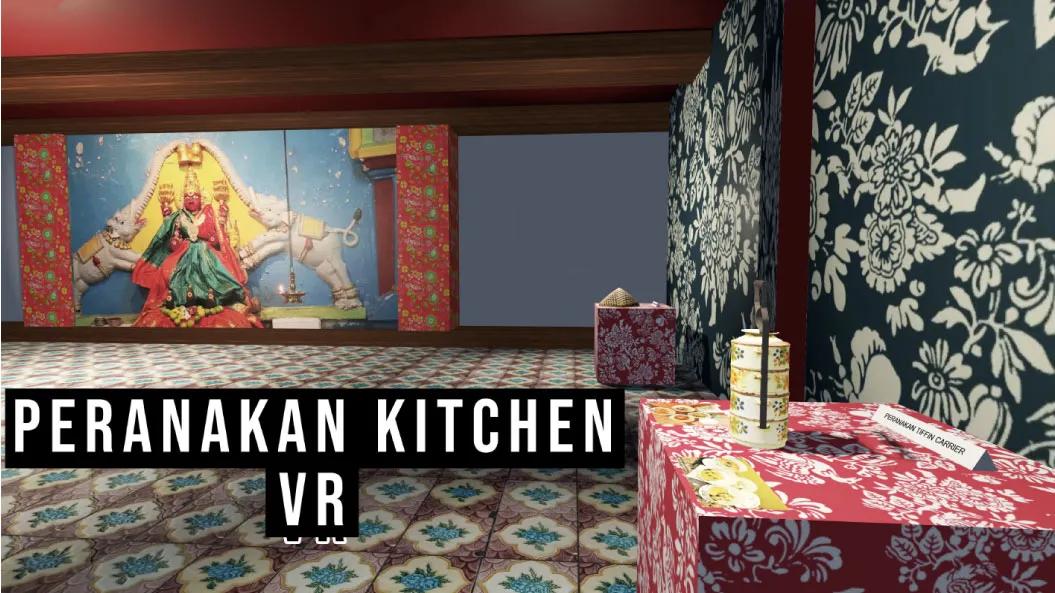
ENDED JUNE 2022
Peranakan Kitchen VR
The Peranakan VR is a fully immersive experience involving various socio-cultural virtual elements in form of a museum.
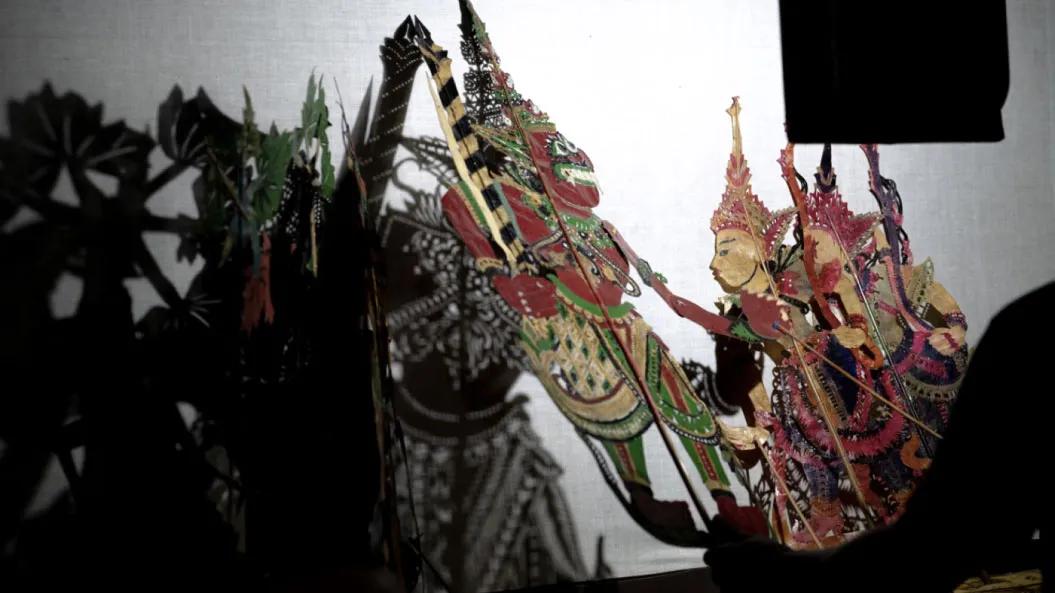
ON GOING PROJECT
The Unseen Arts in the Malay Culture and Heritage
This key project aims to research and digitize specific samples of tangible and intangible Malay Culture and Heritage, that has typically been overlooked or disregarded.
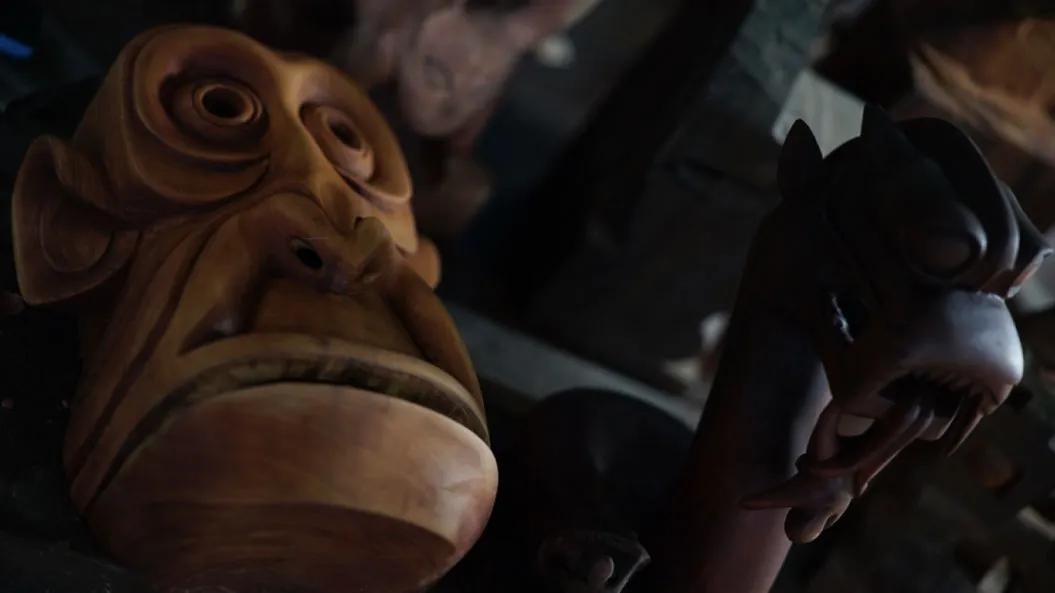
ON GOING PROJECT
Folklore Stories
The research aims to create an immersive system that will showcase the output of the Reimagining of Malaysian Folklore Stories. Folklore stories in Malaysia have been traditionally passed down from generations verbally by the elders.
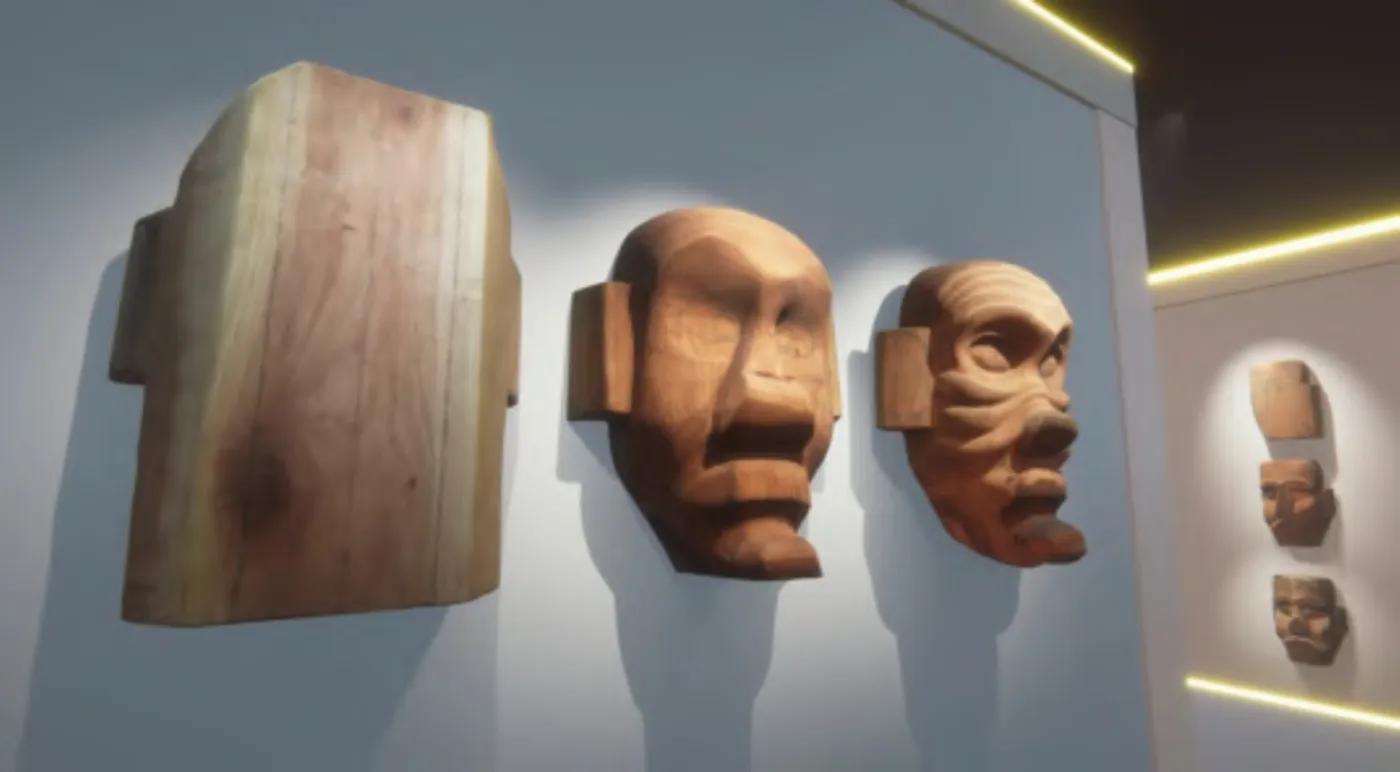
ON GOING PROJECT
The First Large Scale Full Immersive Virtual Reality Experience Targeting Cultural Heritage of Malaysia
Since Full Immersive Virtual Reality technologies have become available to the public (starting from 2016), more and more effort is being made every day in order to extend the boundaries into new fields.
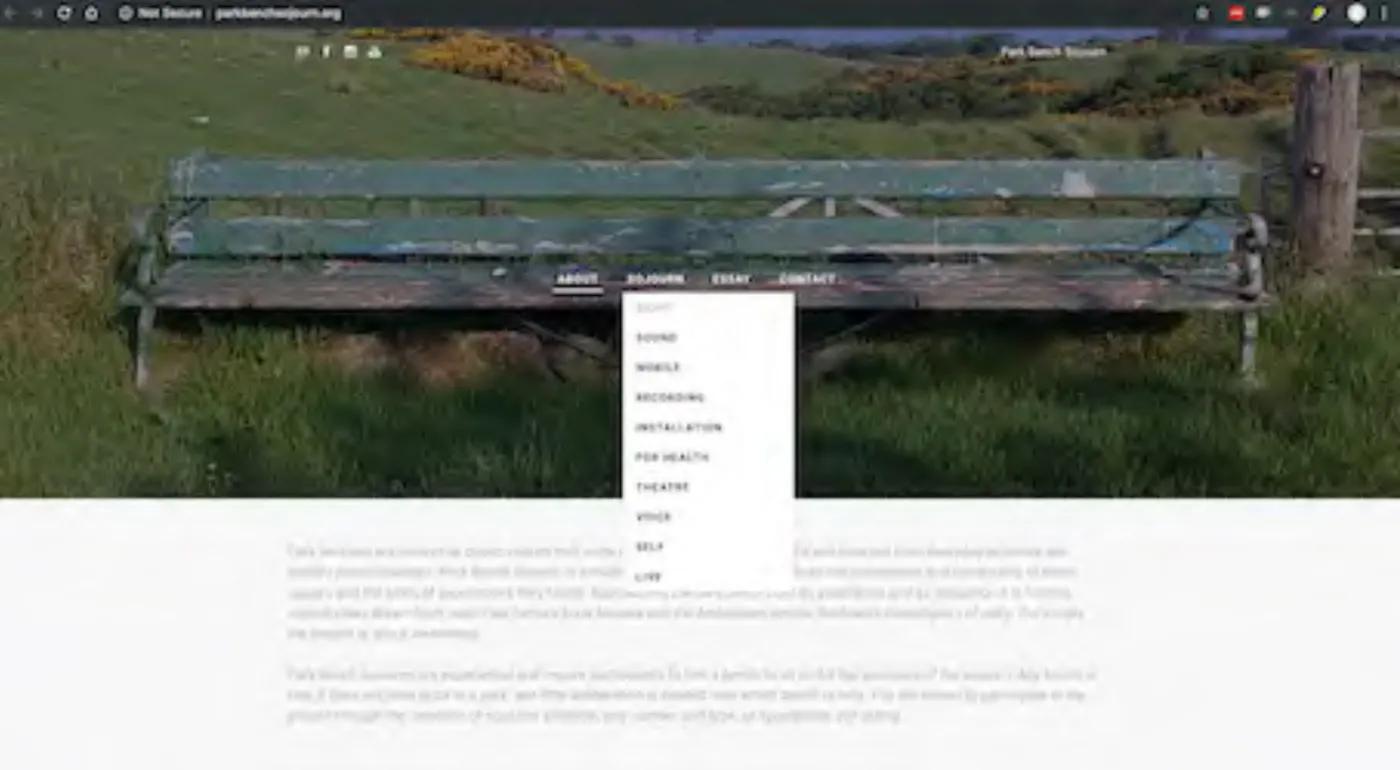
COMPLETED
Park Bench Sojourn Humanizing the Computer Age
Park Bench Sojourn is a multi-modal arts project that questions what it means to be human; surrounded, as we are, by computer technologies and digital media, living lives which are perpetually connected and dispersed through the cloud.
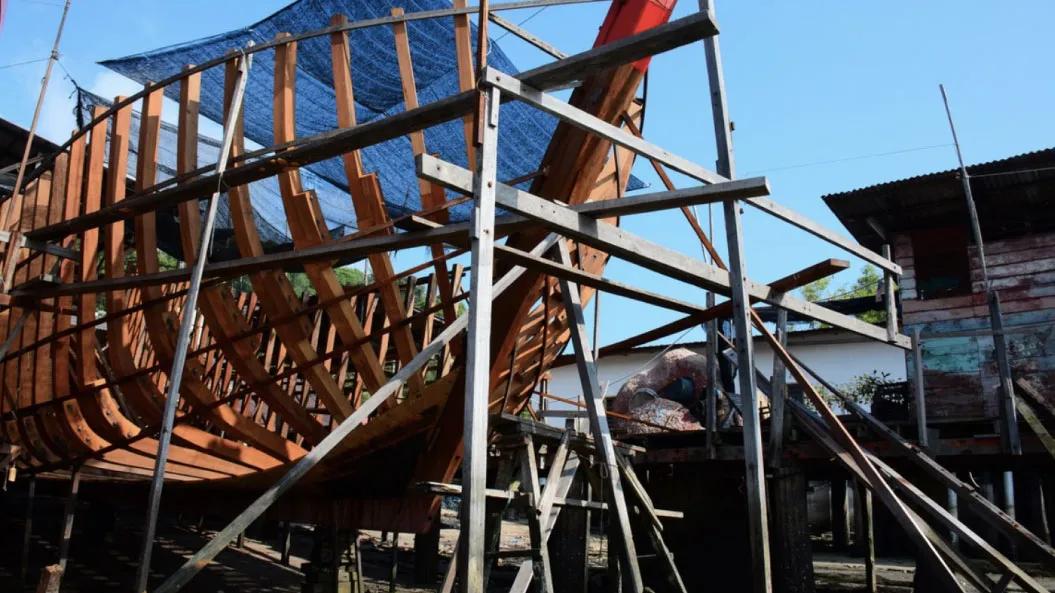
ON GOING PROJECT
The Hainan Boatbuilder of Pangkor Island
This ongoing, collaborative, transdiscipinary research-creation project was undertaken to digitally capture, archive and preserve the livelihood of the Hainan Boatbuilder of Pangkor Island, Perak, Malaysia thereby contributing to the cultural heritage of the country.
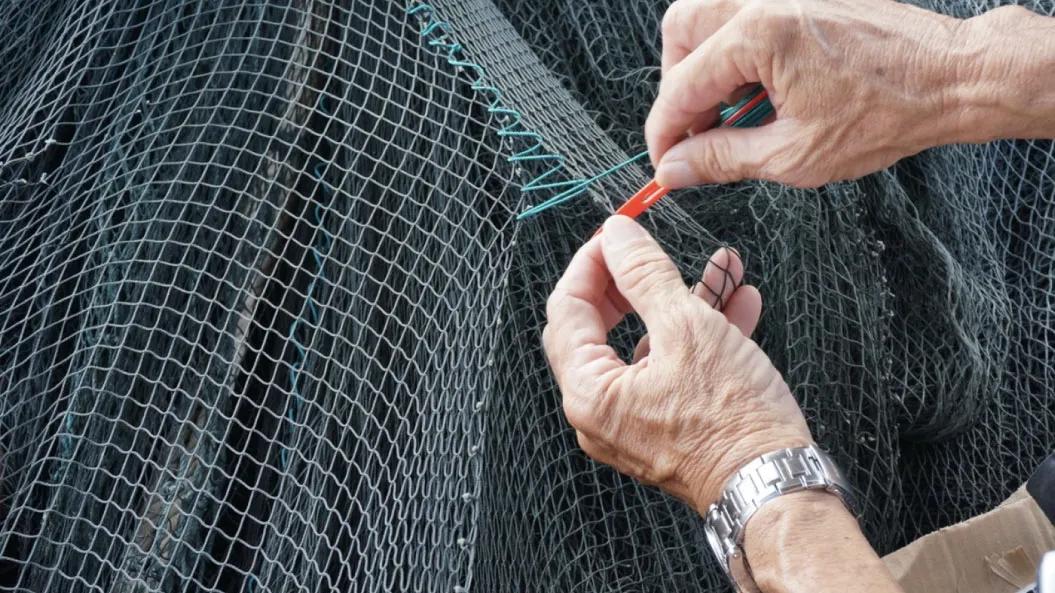
COMPLETED
The Handbook Project
In collaboration with participants, the project uses an ethnographic approach and interviews based on the principle of the mutable text in order to create “multi-sensory” records of the participants’ everyday life experience and engagement with their creativity.
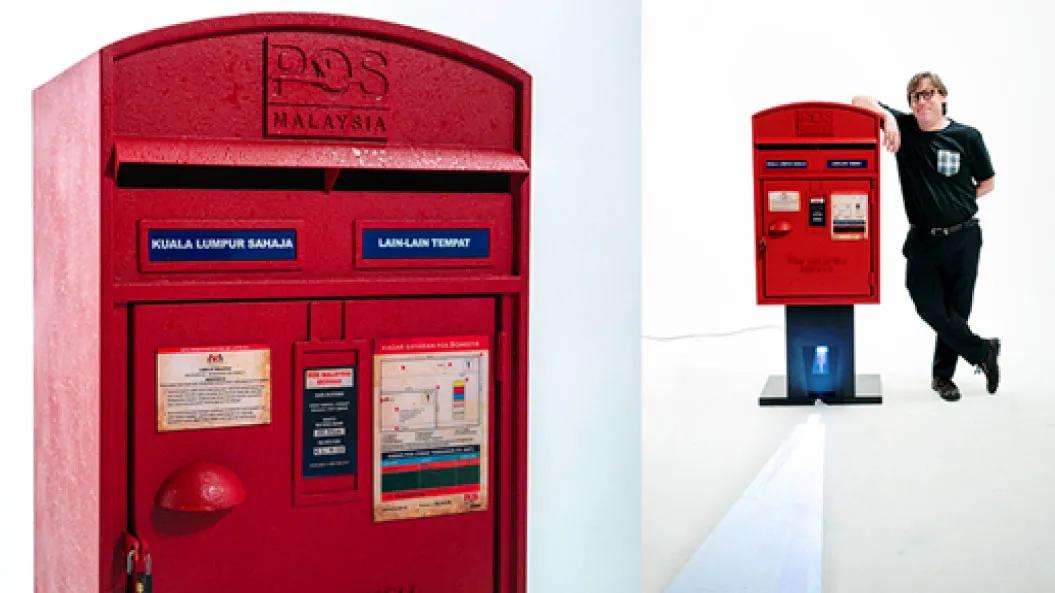
COMPLETED
The Post Box Cinema
Post Box Cinema is a three-dimensional work combining sculptural and video elements to create a new media sculpture that reflects the relationship of contemporary life to an idealized vision of nature.
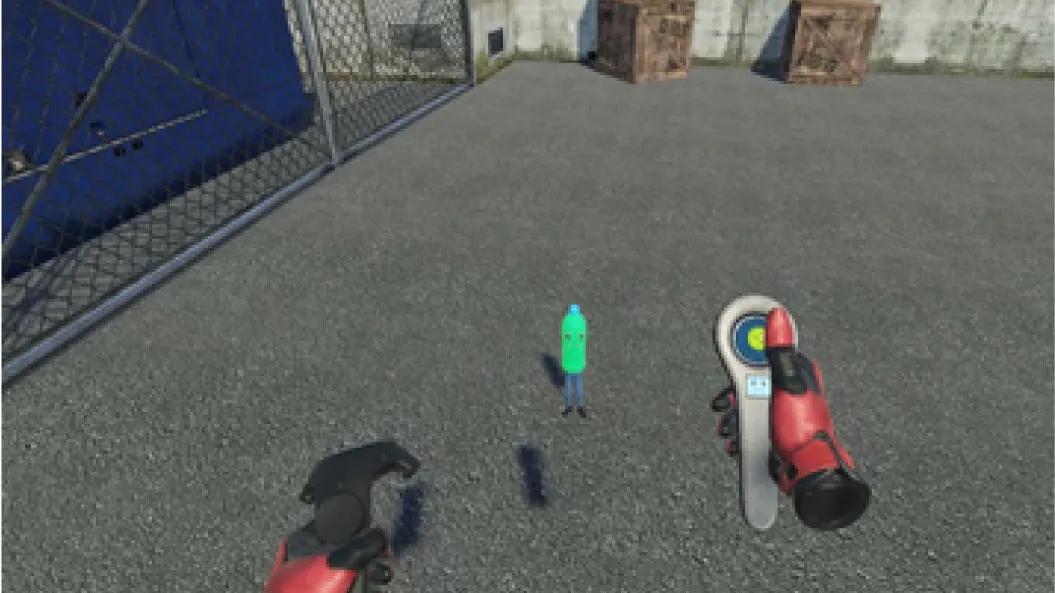
COMPLETED PROJECT
A Full Immersive Recycling VR Challenge
The main idea is to control another character in VR. Although controlling a third person character is not new, having it right in front of our face is not something that we can experience in traditional computer games. This creates the sense of controlling RC robots in the reality.
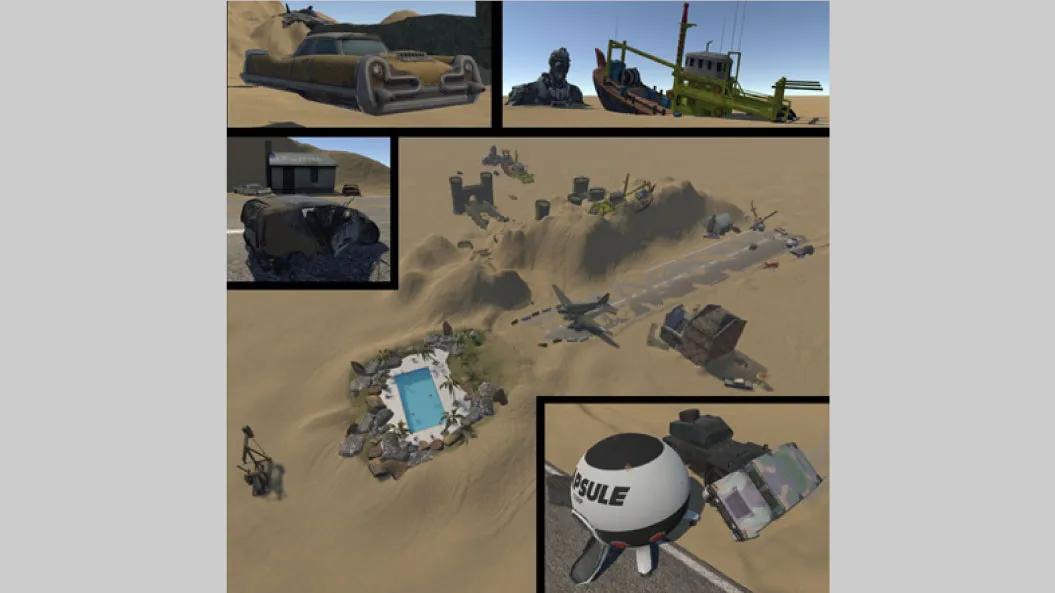
COMPLETED PROJECT
What Happened Here? An Immersive Virtual Story Narrated by Users
A large realistic Unity-Scene was developed to conduct an immersive storytelling and a user study. The scene presents elements that at the first glance appear to be randomly positioned to populate the environment. For many users, this experiment was unprecedented in two ways i.e. for the first time exploring a virtual world fully immersive, and more importantly, being encountered with a series of uncanny events. The decision of ‘What Happened Here?’ was left to them. The experiment was recorded, documented, and analysed.
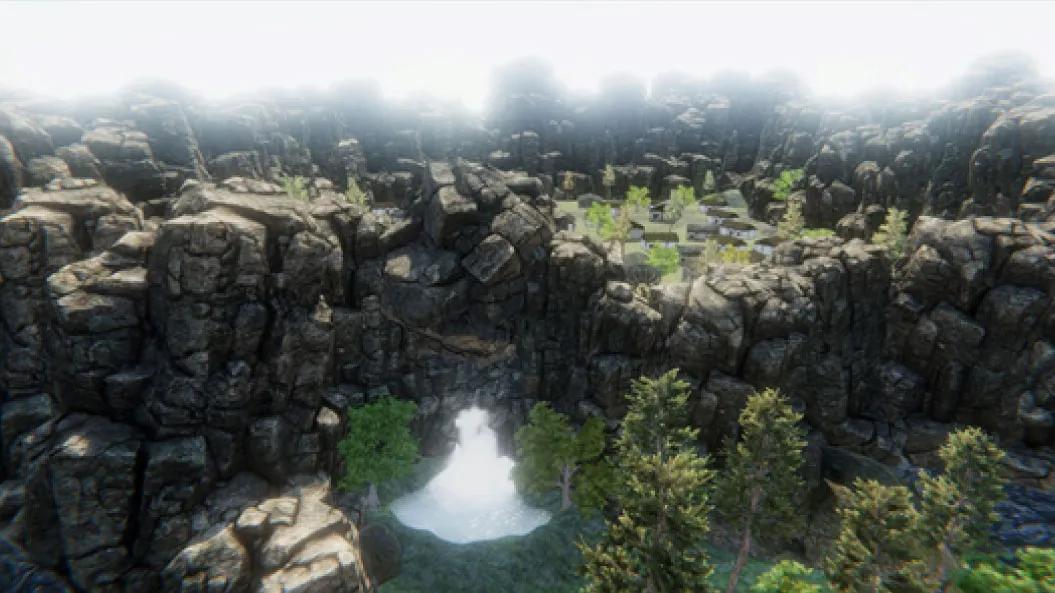
COMPLETED PROJECT
The Hidden Waterfall City (HWC)
“Increasingly sophisticated immersive, interactive visualization technologies are now coupled to rapid expansions in ultra-high-resolution cultural heritage datasets” (Kenderdine, 2015). This is what we have addressed in this research project.
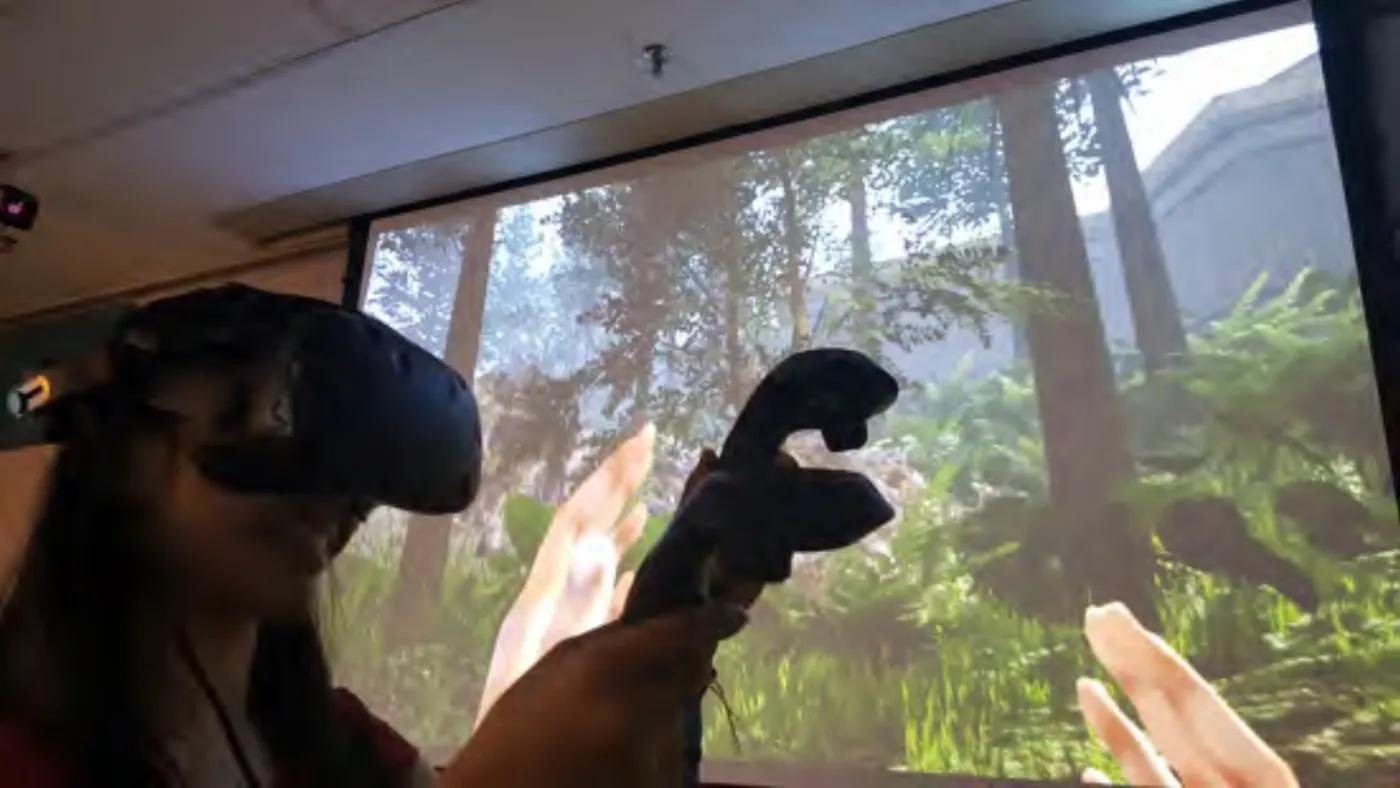
COMPLETED PROJECT
Makam Sultan Hussin Shah: A VR Museum Experience 2017
This project presents the development of a room-scale Virtual Reality (VR) cultural heritage experience, embodied in a transmedia storytelling approach to show museology VR content in a public setting.
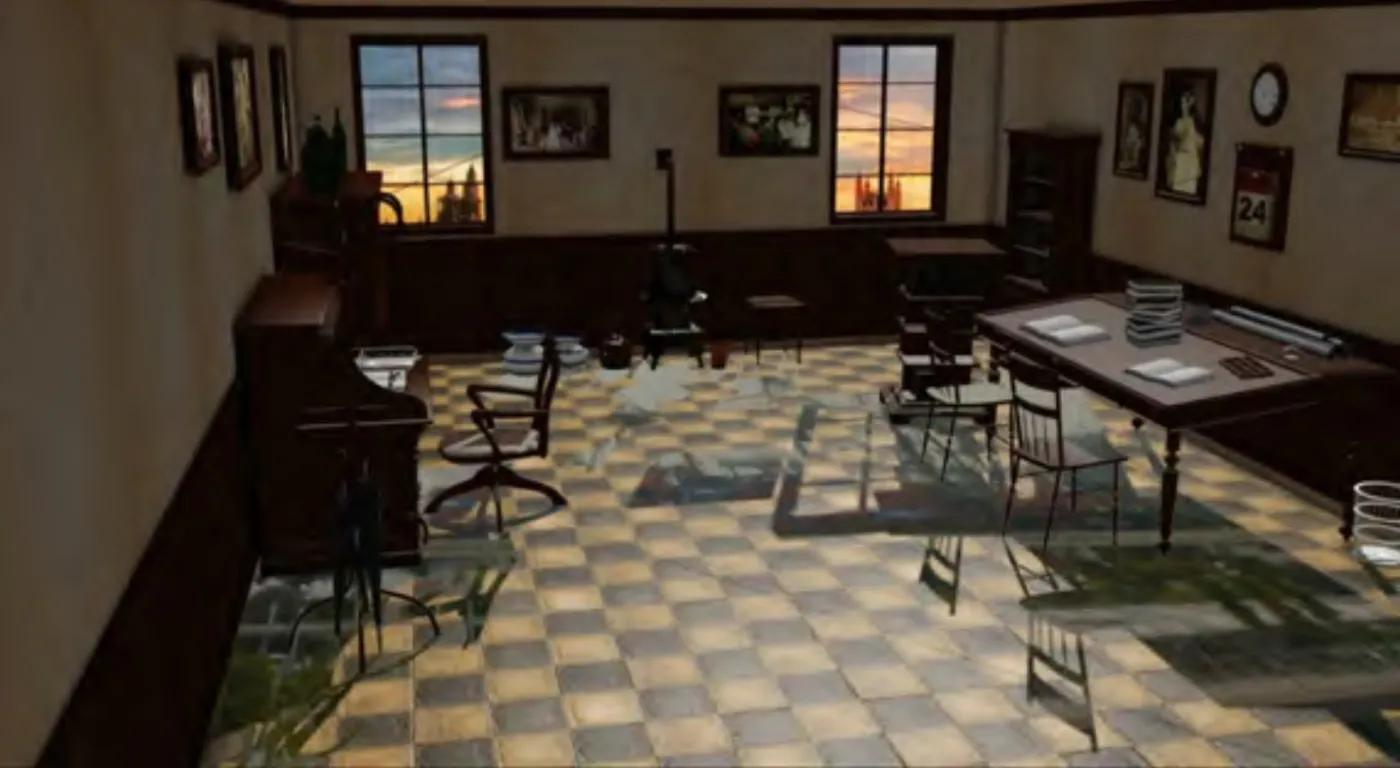
COMPLETED PROJECT
Temporal Chaos CONCEPTS OF SPACE AND TIME 2017
This project presents the development of a room-scale Virtual Reality (VR) cultural heritage experience, embodied in a transmedia storytelling approach to show museology VR content in a public setting.
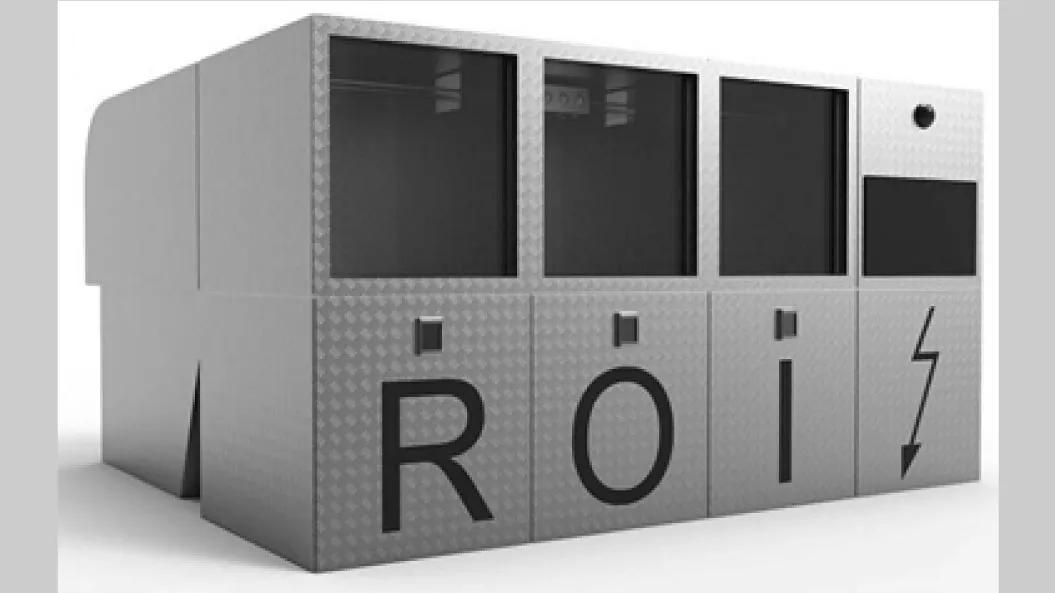
COMPLETED PROJECT
Automatic Waste Management Network/Database
This research aims at exploring the possibilities of technology involvement in household waste management facilities in existing high-rise residential buildings in Malaysia. This includes feasibility study for introducing specifically designed waste disposal/collection utilities operating as a network in which, all information related to disposed items are tracked, stored, and shared between resource management agencies and related authorities.
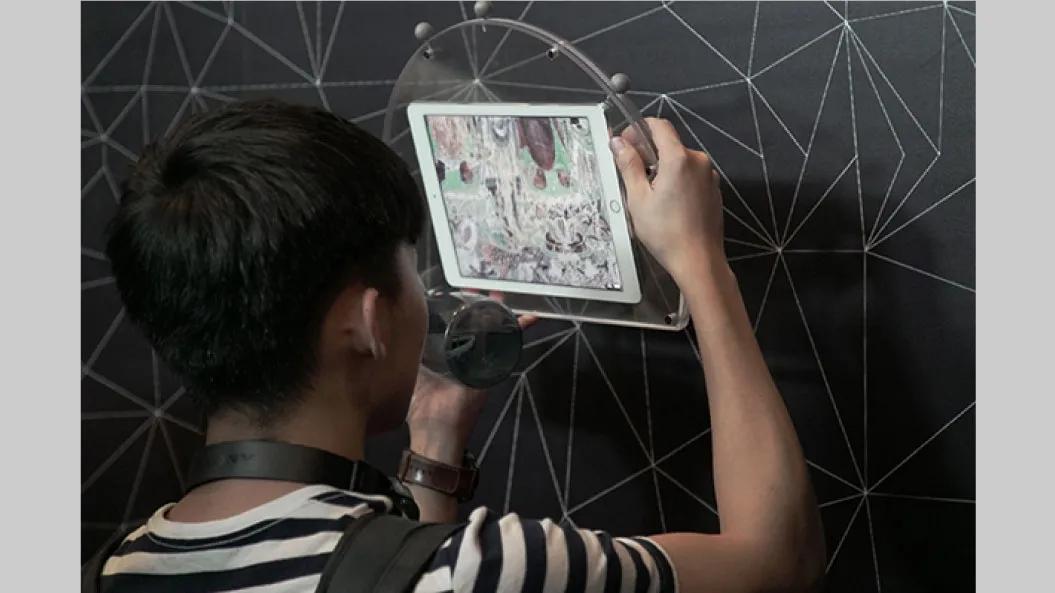
COMPLETED PROJECT
PureLand: Inside the Mogao Grottoes at Dunhuang Design & Installation
PureLand AR employs iPad screens that visitors use as mobile viewing windows to explore the magnificent Buddhist wall paintings inside Cave 220, a cave dated to early Tang from the Mogao Grottoes at Dunhuang in Gansu province, China. It is a pioneering augmented reality installation whereby the paintings and sculptures of the caves are rendered virtually within the architecture of a room which shares same dimensions to those of Cave 220 itself.





